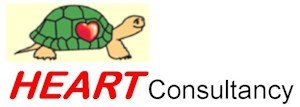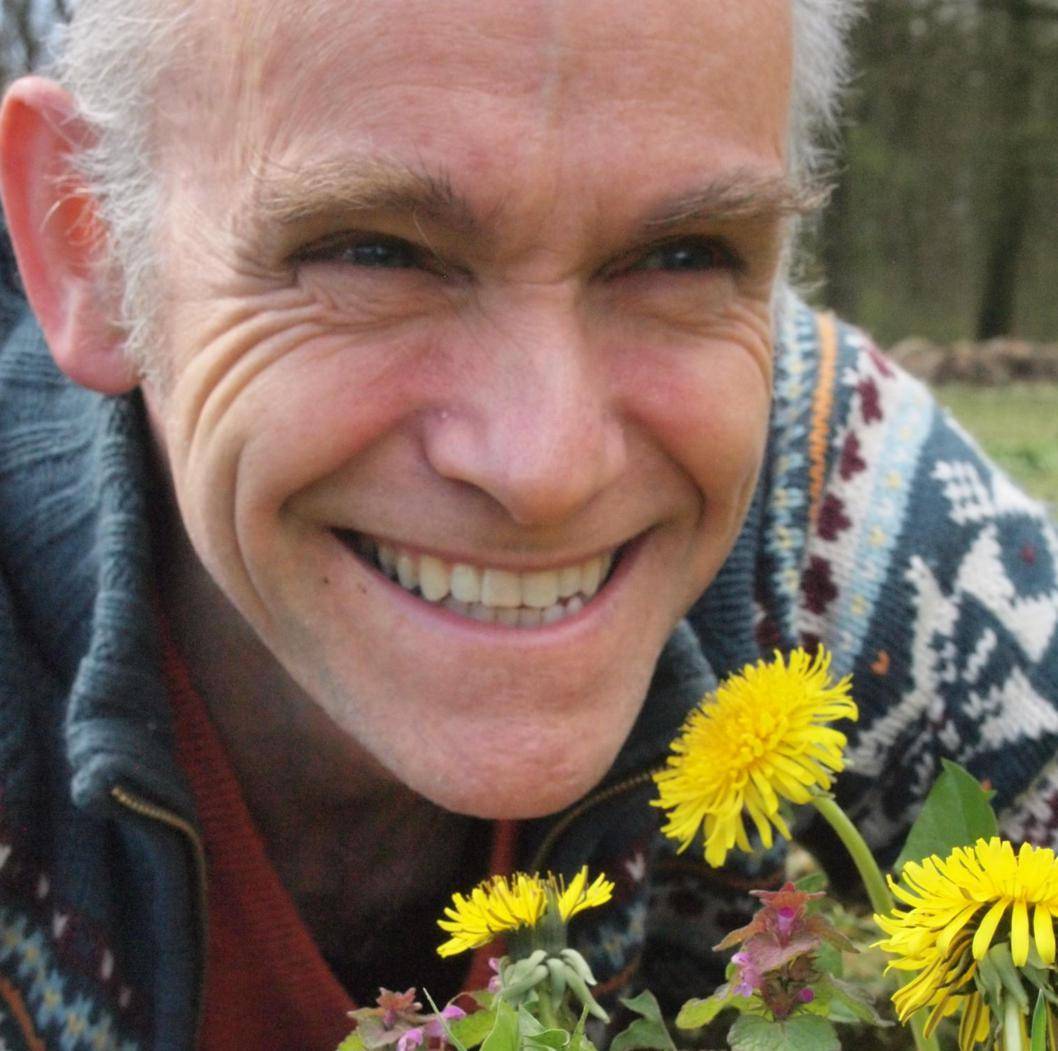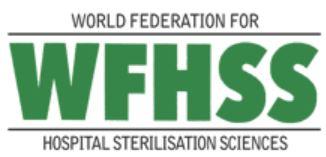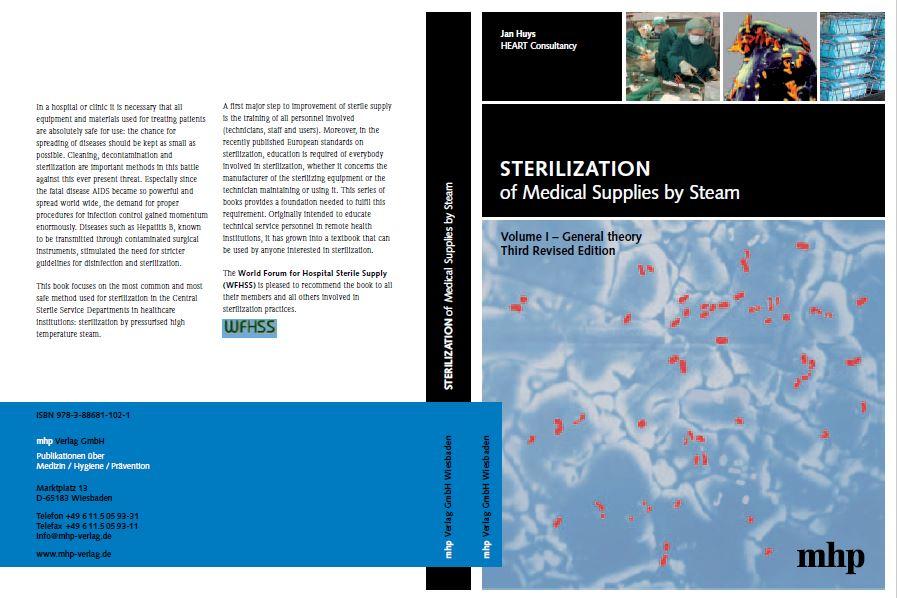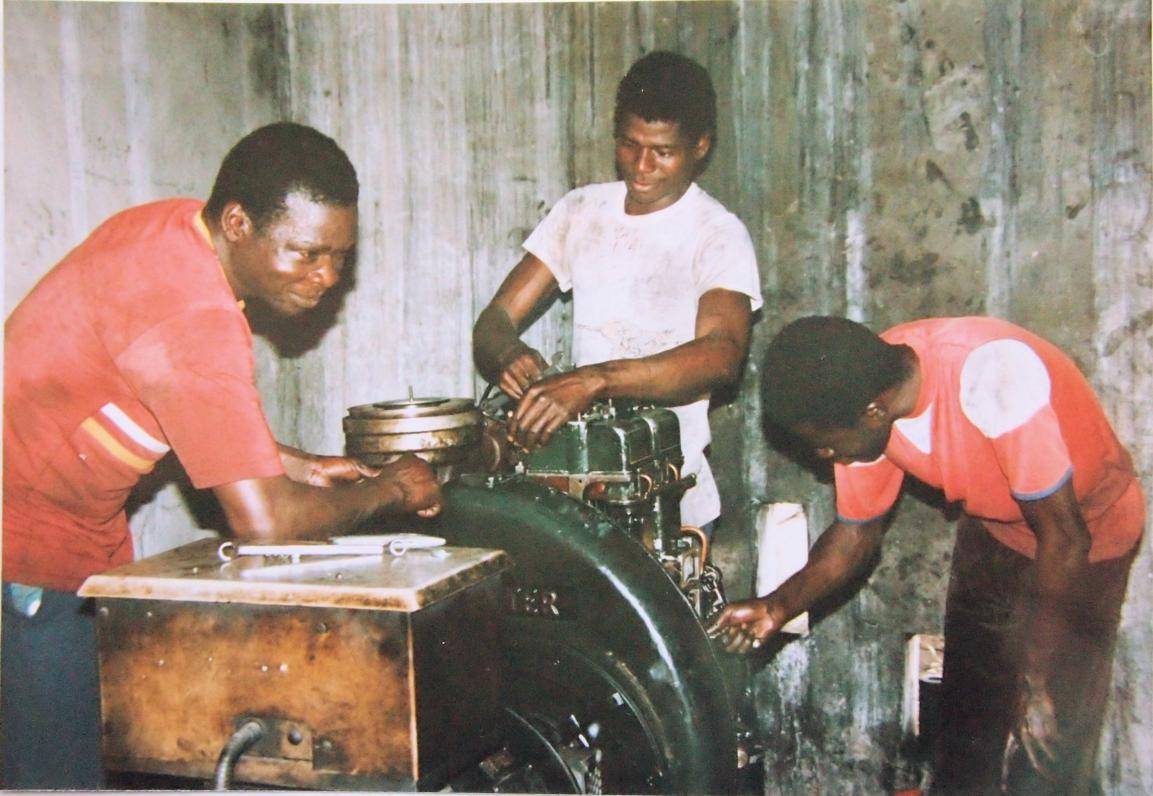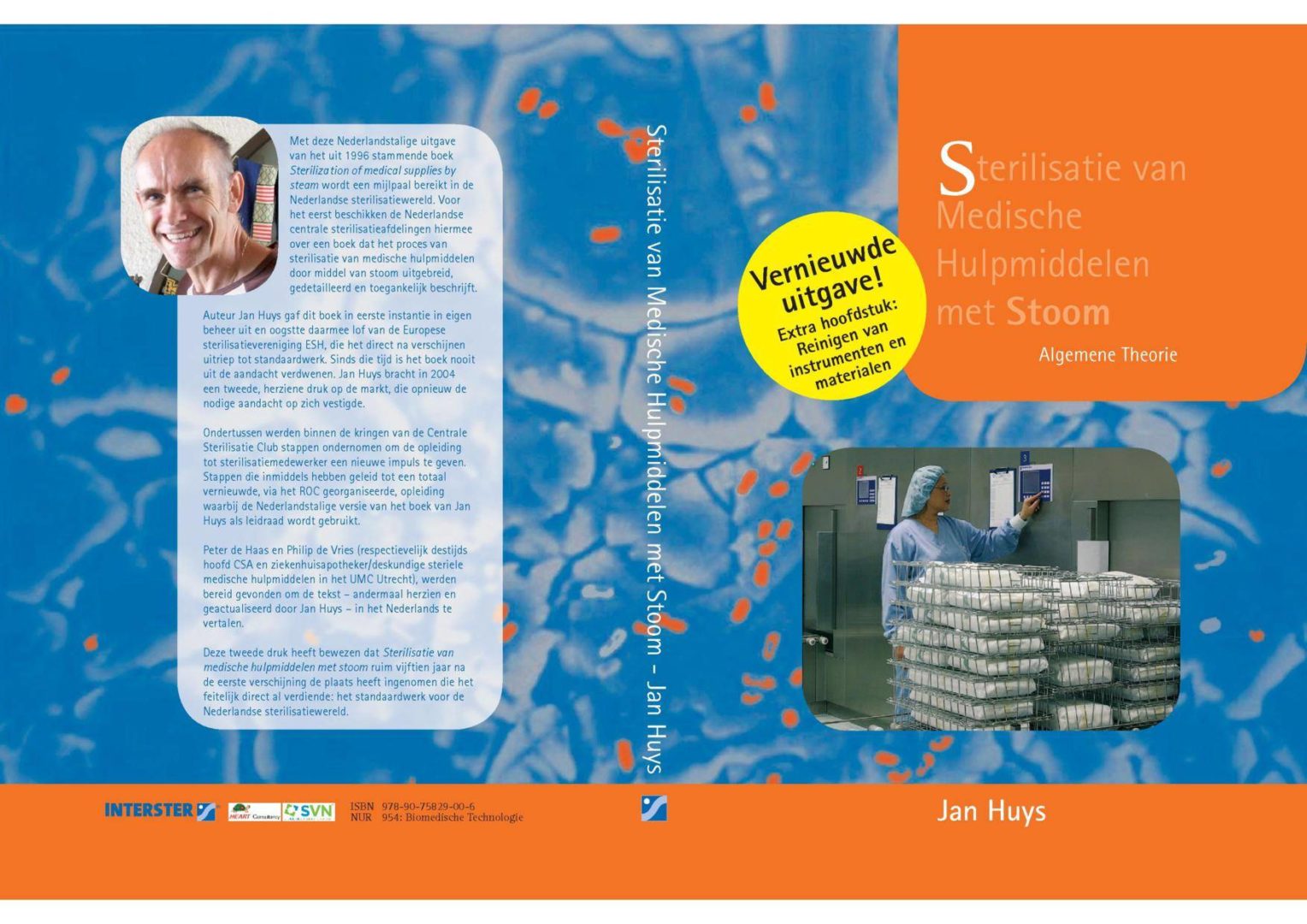 Sterilisatie van Medische Hulpmiddelen met Stoom
Sterilisatie van Medische Hulpmiddelen met Stoom
Herziene tweede Nederlandse druk. 2014
ISBN: 978-90-75829-00-6. Uitgever/distributie: Interster, Wormerveer, Nederland.
Met deze Nederlandstalige uitgave van het uit 1996 stammende boek Sterilization of medical supplies by steam wordt een mijlpaal bereikt in de Nederlandse sterilisatiewereld. Voor het eerst beschikken de Nederlandse centrale sterilisatieafdelingen hiermee over een boek dat het proces van sterilisatie van medische hulpmiddelen door middel van stoom uitgebreid, gedetailleerd en toegankelijk beschrijft. Auteur Jan Huys gaf dit boek in eerste instantie in eigen beheer uit en oogstte daarmee lof van de Europese sterilisatievereniging ESH, die het direct na verschijnen uitriep tot standaardwerk. Sinds die tijd is het boek nooit uit de aandacht verdwenen. Jan Huys bracht in 2004 een tweede, herziene druk op de markt, die opnieuw de nodige aandacht op zich vestigde. Ondertussen werden binnen de kringen van de Centrale Sterilisatie Club stappen ondernomen om de opleiding tot sterilisatiemedewerker een nieuwe impuls te geven. Stappen die inmiddels hebben geleid tot een totaal vernieuwde, via het ROC georganiseerde, opleiding waarbij de Nederlandstalige versie van het boek van Jan Huys als leidraad wordt gebruikt. Peter de Haas en Philip de Vries (respectievelijk destijds hoofd CSA en ziekenhuisapotheker/deskundige steriele medische hulpmiddelen in het UMC Utrecht), werden bereid gevonden om de tekst – andermaal herzien en geactualiseerd door Jan Huys – in het Nederlands te vertalen. Deze herziene tweede druk heeft bewezen dat Sterilisatie van medische hulpmiddelen met stoom ruim vijftien jaar na de eerste verschijning de plaats heeft ingenomen die het feitelijk direct al verdiende: het standaardwerk voor de Nederlandse sterilisatiewereld.
![]() Aanbevolen door de SterilisatieVereninging Nederland (SVN)
Aanbevolen door de SterilisatieVereninging Nederland (SVN)
Bestellen
U kunt dit boek hier bij Interster, Wormerveer bestellen
Voorwoord van de Auteur
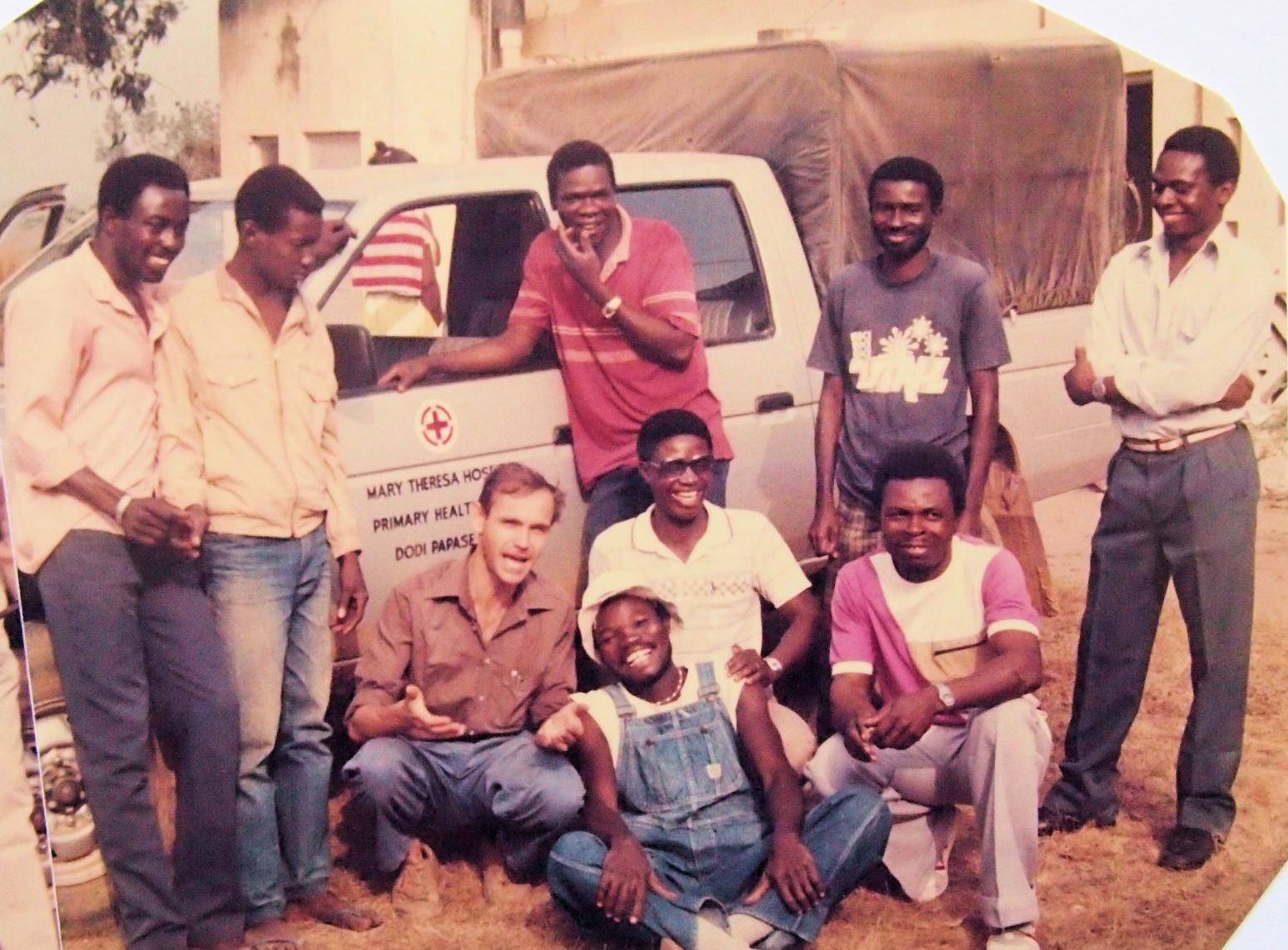
Goed oude tijden in Ghana: 1985. Het HES team in het Mary Theresa Hospital in Dodi Papase waar we het stroomvoorzieningsnetwerk hadden aangelegd.
Inmiddels al weer meer dan 32(!) jaar geleden vertrok ik als technicus naar Ghana (West Afrika) waar ik 7 jaar zou blijven. Ik was verantwoordelijk voor het opzetten van een onderhoudsdienst voor de ziekenhuizen van de missie-gezondheidszorg. Aanvankelijk richtte het werk zich vooral op het daadwerkelijk uitvoeren van reparatie en onderhoud aan apparatuur in de breedste zin van het woord. In de latere jaren verschoven de taken zich steeds meer naar organisatorische activiteiten en vooral ook training. Het bleek dat voor de meeste apparatuur uitgebreid studiemateriaal beschikbaar was. Echter voor sterilisatie bleef het beperkt tot vaak karige gebruiksaanwijzingen van fabrikanten zonder verdere achtergrondinformatie. Na afloop van het contract in Ghana werd ik gevraagd een aanzet te maken voor cursusmateriaal voor ziekenhuistechnici en koos dan ook sterilisatie als thema. Het was begin jaren 90; de tijd dat hier in Nederland de sterilisatiewereld enorm in beweging was. Nederland stond in de voorlinie van ontwikkelingen op dit terrein. De Richtlijnen Steriliseren en Steriliteit waren onlangs geformuleerd en vormden de grondslag voor de eerste Europese Normen met betrekking tot sterilisatie. Het vak professionaliseerde snel. Ik had me in het streven om een boek hierover uit te brengen dan ook stevig onderschat.
Ik kon een cursus volgen bij Machiel-Jan Bot die me met groot enthousiasme inleidde in de wereld van micro-organismen, infectiepreventie en sterilisatie. Om informatie te verzamelen kwamen er contacten met het bedrijfsleven en onder andere het RIVM, waar indertijd de legendarische Jack van Asten met strakke hand steriliserend Nederland aanstuurde. Uit de informatie die langzaam maar zeker werd verzameld kon de eerste Engelse uitgave ontstaan, die onder auspiciën van de ESH (de voorloper van het huidige WFHSS) in 1996 werd uitgegeven. In 2004 verscheen de tweede bijgewerkte druk. Bij ontmoetingen met mensen in het (Nederlandse) veld kwam de steeds vraag wanneer er eindelijk een versie in het Nederlands zou verschijnen. In het midden van 2005 namen Peter de Haas, hoofd CSA en Philip de Vries, ziekenhuisapotheker/Deskundige Steriele Medische Hulpmiddelen, beiden verbonden aan het UMC Utrecht, het initiatief en kwam er een eerste aanzet van de vertaling. In 2006 werd de knoop doorgehakt en werd tot publicatie besloten. Het bedrijf Interster stelde zich bereid om de financiering en uitgave te realiseren. De tekst werd getoetst en waar nodig aangepast aan de Nederlandse situatie.
Sterilisatie blijkt een vak te zijn met raakvlakken uit de meest uiteenlopende takken van wetenschap en techniek: van microbiologie, geneeskunde, tot werktuigbouw, elektronica en informatietechnologie. Uiteindelijk is het ook een confrontatie van leven en dood: Leven op micro-schaal wordt massaal geofferd ter bescherming van het onze. Daarmee krijgt sterilisatie haast een filosofisch/ethisch karakter. Het boek wil een inleiding zijn voor hen die te maken krijgen met dit fascinerende vakgebied dat een niet te onderschatten bijdrage levert aan de veilige behandeling van de vele patiënten, die daarmee hun leven mede aan onze zorg toe vertrouwen. Voor de realisatie van deze Nederlandse uitgave wil ik hierbij iedereen die erbij betrokken was – ook weer bij deze tweede druk – van harte bedanken voor hun hulp, vertrouwen en geduld. Met name wil ik hier noemen:
| Directie en Medewerkers Interster International Peter de Haas, Philip de Vries, UMC Utrecht Adrie de Bruijn, RIVM, Bilthoven Arjan van Drongelen, RIVM, Bilthoven Melchior Oldenburger, Martiniziekenh., Groningen Jan Middelhoven, Ziekenhuis Gelderse Vallei, Ede Machiel-Jan Bot, MediThema Thea Daha, UMC Leiden Kea de Oude, Mariette Jungblut, UMC Leiden Coby Paardekooper |
Jan Huys, Oct. 2014 |
